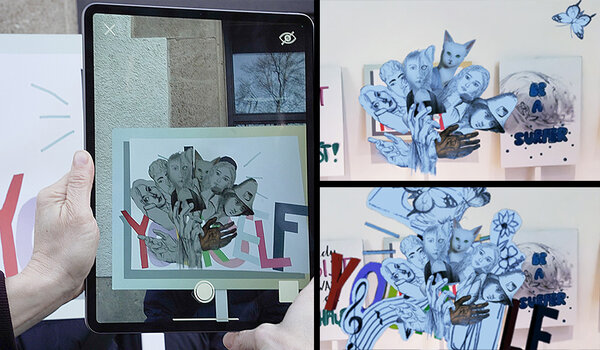
Becoming Water - New Spring Q1 course
Topics in Interdisciplinary Art
ART 356.3 Topics in Interdisciplinary Art: Becoming Water
May 10-31, 2017 (Q1)
This collaborative studio-based course will connect art and science to deepen awareness of key issues related to WATER. Students will produce art about water in ANY MEDIA and learn how artists, scientists and communities are thinking about water in the context of global warming.
Field trips to local (Saskatoon Water treatment plant) and provincial water sites (Gardiner Dam and Buffalo Pound; the Saskatchewan River Delta at Cumberland House), will provide opportunities to learn about water issues in Saskatchewan. A series of “conversation cafes” with water-experts (artists and scientists)) will provide students with on-going response to their artwork in an interdisciplinary, multi-media context.
Exhibition of student artwork will take place in the Gordon Snelgrove Gallery, Dept. of Art and Art History, and other venues to broaden public awareness of water-related issues.
*note that field trips are REQUIRED for this course and students must plan ahead to attend
(1-day to Gardiner Dam & Buffalo Pound; and 2-days to Cumberland House)
Prerequisite: Graduate and senior undergraduate students who have completed 24 cu ART
AND permission/application to the instructor – contact Professor Susan Shantz, Department of Art and Art History (susan.shantz@usask.ca) or Dr. Graham Strickert, School of the Environment and Sustainability (graham.strickert@usask.ca) APPLICATIONS DUE: MARCH 1, 2017
Thanks to the Gwenna Moss Centre for Teaching Excellence for a Provost’s Project Grant for Innovative Practice in Collaborative Teaching and Learning to support this special topic course

